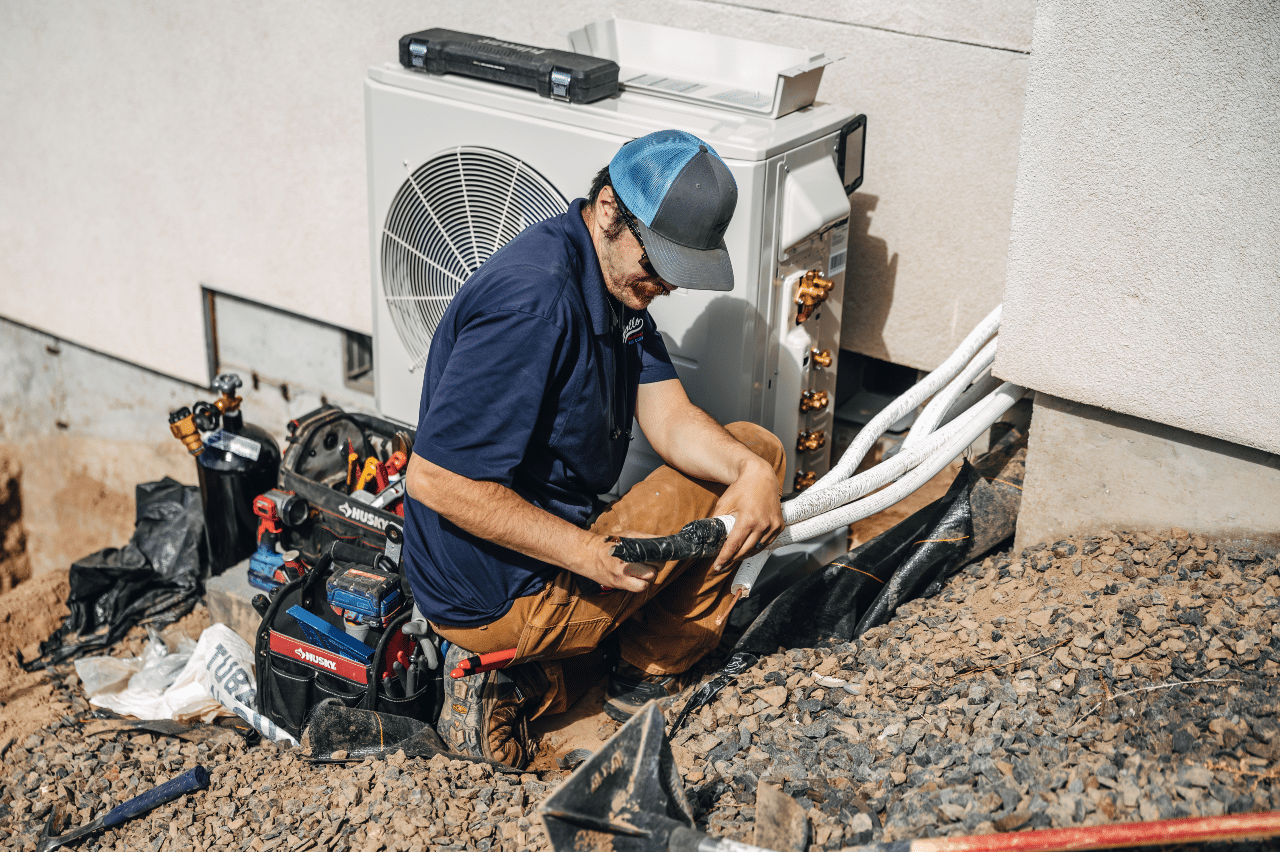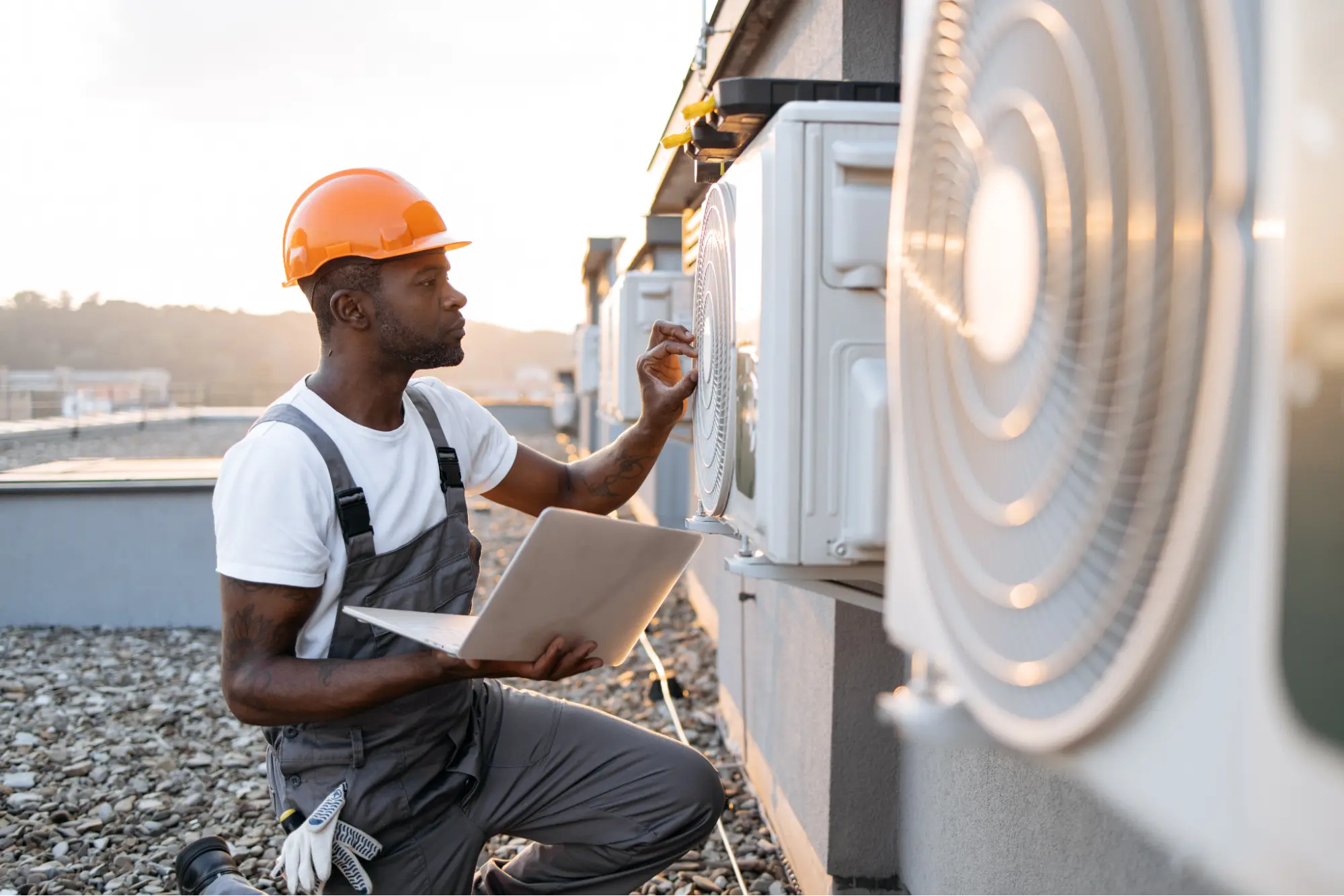Need an AC fix? Our air conditioner repair team can help.
Need an AC fix? Our air conditioner repair team can help.
Blog Article
Exactly How to Boost Energy Effectiveness With Your Cooling And Heating System and Furnace Upgrades
As power expenses proceed to climb, the value of enhancing power performance with Heating and cooling system and furnace upgrades can not be overemphasized. Examining your current system's efficiency and taking into consideration energy-efficient choices are crucial very first steps.
Analyze Your Present System
Prior to getting started on any type of upgrades, it is necessary to examine your present HVAC system and heating system to comprehend their performance and performance. This first examination provides a structure for determining locations that require improvement and notifies decisions concerning possible upgrades. Begin by analyzing the age of your cooling and heating system, as out-of-date versions may lack modern-day energy-saving features.

Energy consumption documents will certainly additionally contribute in evaluating your system's operational prices. By examining utility expenses, you can establish patterns of power use and recognize spikes that require more investigation. Last but not least, think about conducting a specialist energy audit to obtain a professional analysis of your system's performance. This comprehensive analysis will assist you in making informed options about needed upgrades, guaranteeing that your financial investments in energy performance yield the preferred benefits.
Upgrade to Energy-Efficient Models
Upgrading to energy-efficient designs is a crucial step in improving the total efficiency of your cooling and heating system and furnace. These contemporary devices are designed to consume less power while supplying optimal cooling and heating, leading to substantial price savings on energy bills and a decreased environmental footprint.
When considering an upgrade, look for models that have high Seasonal Energy Effectiveness Ratios (SEER) for a/c and Annual Gas Use Performance (AFUE) rankings for furnaces. These ratings indicate the efficiency of the units, with higher numbers reflecting better efficiency. Energy-efficient versions often integrate advanced technologies, such as variable-speed electric motors and clever thermostats, which better improve energy cost savings.
Furthermore, numerous energy-efficient heating and cooling systems are geared up with improved insulation and better securing, which decrease power loss and boost interior comfort. hvac. While the initial financial investment might be higher, the long-term financial savings on power costs and potential tax obligation motivations for utilizing energy-efficient home appliances can offset this expense considerably

Ultimately, upgrading to energy-efficient models not only adds to an extra lasting future but also elevates the comfort and effectiveness of your home or service.
Optimize System Setups
To make the most of the effectiveness of your a/c system and heater, it is vital to optimize system settings tailored to your specific needs. Begin by setting your thermostat to an energy-efficient temperature. The United State Division of Energy advises a winter setting of 68 ° F when you are wide awake and reducing it while you rest or are away. In summer, go for 78 ° F throughout the day. try this web-site
Make use of programmable or clever thermostats that permit you to arrange temperature adjustments automatically. This guarantees your system operates only when necessary, lowering power usage. Additionally, ensure that your system is established to run in the proper mode-- heating in winter and air conditioning in summertime-- while avoiding the continual fan choice unless needed for air blood circulation.
Consider zoning systems that allow individualized comfort in different locations of your home, further enhancing effectiveness. By fine-tuning these setups, you can achieve significant power financial savings while maintaining a comfortable living atmosphere.
Improve Insulation and Sealing
A well-insulated home is key to taking full advantage of the performance of your cooling and heating system and furnace. Appropriate insulation minimizes the work on these systems, therefore conserving energy and reducing utility expenses. Begin by analyzing your home's insulation in locations such as the attic room, walls, and floors. Insulation materials like fiberglass, foam, and cellulose can substantially improve thermal resistance, assisting to maintain conditioned air inside and outside air out.
In addition to insulation, securing voids and splits is critical. Pay unique focus to home windows, doors, and any type of penetrations in walls, such as electric outlets and pipes components. Weatherstripping and caulking can successfully secure these openings, stopping drafts that jeopardize your heating and cooling efficiency.
Moreover, make certain that ducts are correctly insulated and secured. Leaky air ducts can lead to significant energy losses, lowering system performance. Using mastic sealant or steel tape to seal duct joints can boost air flow and efficiency.
Set Up Regular Maintenance
Normal upkeep of your heating and cooling system and furnace is crucial for guaranteeing ideal Click Here efficiency and longevity. Arranged assessments and maintenance can identify potential problems prior to they rise, preventing expensive repair services and inadequacies. Throughout maintenance, a certified technician will cleanse and replace filters, check refrigerant degrees, check ductwork for leakages, and review overall system operation. This proactive method not only improves energy effectiveness however additionally lengthens the life-span of your equipment.
It is advised to set up upkeep at the very least twice a year-- once in the spring for the cooling system and as soon as in the loss for the furnace. hvac. Regular upkeep aids preserve consistent indoor temperature levels, making sure comfort throughout the year. Additionally, a well-maintained system runs a lot more effectively, which can cause visible reductions in power expenses
Neglecting upkeep can lead to decreased performance, enhanced wear and tear, and inevitably, system failure. By focusing on routine service, home owners can prevent unexpected breakdowns and guarantee their a/c system and heating system run at peak performance. Spending in maintenance is a crucial action in improving power effectiveness and developing a much more lasting home atmosphere.
Conclusion
Finally, enhancing power efficiency within cooling and heating systems and furnace upgrades is crucial for lowering energy consumption and improving overall convenience. An organized approach that includes evaluating the existing system, investing in energy-efficient versions, enhancing setups, enhancing insulation, and scheduling normal maintenance can moved here cause substantial benefits. Carrying out these approaches not only reduces power expenses yet also contributes to a much more lasting setting, making it crucial for homeowners to prioritize these upgrades.
Report this page